GRADUAL DESERTIFICATION
입력 2019.04.16 (15:18)
수정 2019.04.16 (15:28)
읽어주기 기능은 크롬기반의
브라우저에서만 사용하실 수 있습니다.
[Anchor Lead]
Meanwhile in Pohang, desertification triggered by climate change and environmental pollution, is also accelerating. One particular marine plant that survives on natural rocks has drawn attention as a possible solution to desertification in coastal areas.
[Pkg]
The brown algae grows on the rocks on the east coast of Korea. This seaweed can survive even in the harshest conditions, growing as tall as 1.5 meters as long as there are natural bedrocks in the area. This sea farm cultivating the brown algae was created by the Korea Fisheries Resources Agency in waters off Yeongdeok, Gyeongsangbuk-do Province. You can see various fish swim in the lush seaweed. The farming method includes gathering spores of the algae from the wild and attaching them to bedrocks. This natural breeding ground measures about 3.5 hectares. Algae clusters have been declining sharply in recent years, causing desertification of the marine environment. But thanks to this seaweed forest, the underwater landscape has changed dramatically. This is also an ideal environment for various fish species and shells such as abalone, which feed on the brown algae. The Fisheries Resources Agency says that as of 2017, 6,300 hectares of coastal areas in the East Sea had been affected by ocean desertification. The newly created brown algae forest will hopefully provide a solution to restoring the devastated marine ecosystem.
Meanwhile in Pohang, desertification triggered by climate change and environmental pollution, is also accelerating. One particular marine plant that survives on natural rocks has drawn attention as a possible solution to desertification in coastal areas.
[Pkg]
The brown algae grows on the rocks on the east coast of Korea. This seaweed can survive even in the harshest conditions, growing as tall as 1.5 meters as long as there are natural bedrocks in the area. This sea farm cultivating the brown algae was created by the Korea Fisheries Resources Agency in waters off Yeongdeok, Gyeongsangbuk-do Province. You can see various fish swim in the lush seaweed. The farming method includes gathering spores of the algae from the wild and attaching them to bedrocks. This natural breeding ground measures about 3.5 hectares. Algae clusters have been declining sharply in recent years, causing desertification of the marine environment. But thanks to this seaweed forest, the underwater landscape has changed dramatically. This is also an ideal environment for various fish species and shells such as abalone, which feed on the brown algae. The Fisheries Resources Agency says that as of 2017, 6,300 hectares of coastal areas in the East Sea had been affected by ocean desertification. The newly created brown algae forest will hopefully provide a solution to restoring the devastated marine ecosystem.
■ 제보하기
▷ 카카오톡 : 'KBS제보' 검색, 채널 추가
▷ 전화 : 02-781-1234, 4444
▷ 이메일 : kbs1234@kbs.co.kr
▷ 유튜브, 네이버, 카카오에서도 KBS뉴스를 구독해주세요!
- GRADUAL DESERTIFICATION
-
- 입력 2019-04-16 15:20:43
- 수정2019-04-16 15:28:30
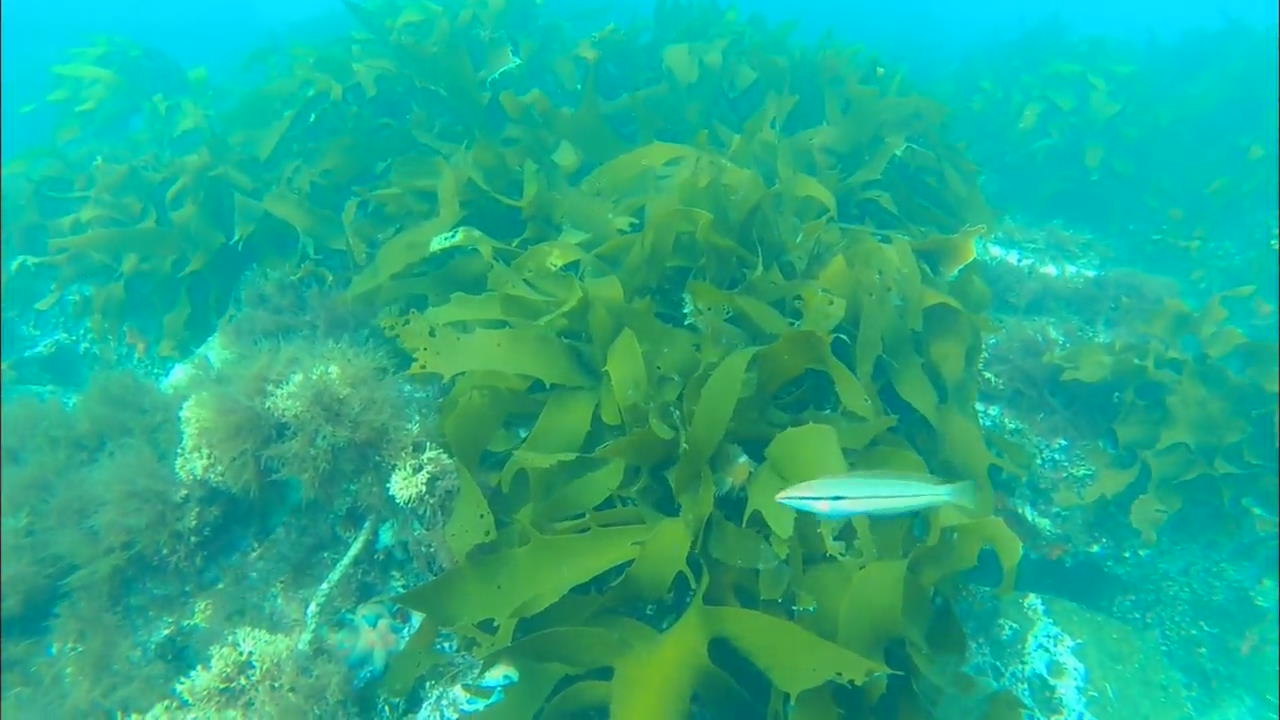
[Anchor Lead]
Meanwhile in Pohang, desertification triggered by climate change and environmental pollution, is also accelerating. One particular marine plant that survives on natural rocks has drawn attention as a possible solution to desertification in coastal areas.
[Pkg]
The brown algae grows on the rocks on the east coast of Korea. This seaweed can survive even in the harshest conditions, growing as tall as 1.5 meters as long as there are natural bedrocks in the area. This sea farm cultivating the brown algae was created by the Korea Fisheries Resources Agency in waters off Yeongdeok, Gyeongsangbuk-do Province. You can see various fish swim in the lush seaweed. The farming method includes gathering spores of the algae from the wild and attaching them to bedrocks. This natural breeding ground measures about 3.5 hectares. Algae clusters have been declining sharply in recent years, causing desertification of the marine environment. But thanks to this seaweed forest, the underwater landscape has changed dramatically. This is also an ideal environment for various fish species and shells such as abalone, which feed on the brown algae. The Fisheries Resources Agency says that as of 2017, 6,300 hectares of coastal areas in the East Sea had been affected by ocean desertification. The newly created brown algae forest will hopefully provide a solution to restoring the devastated marine ecosystem.
Meanwhile in Pohang, desertification triggered by climate change and environmental pollution, is also accelerating. One particular marine plant that survives on natural rocks has drawn attention as a possible solution to desertification in coastal areas.
[Pkg]
The brown algae grows on the rocks on the east coast of Korea. This seaweed can survive even in the harshest conditions, growing as tall as 1.5 meters as long as there are natural bedrocks in the area. This sea farm cultivating the brown algae was created by the Korea Fisheries Resources Agency in waters off Yeongdeok, Gyeongsangbuk-do Province. You can see various fish swim in the lush seaweed. The farming method includes gathering spores of the algae from the wild and attaching them to bedrocks. This natural breeding ground measures about 3.5 hectares. Algae clusters have been declining sharply in recent years, causing desertification of the marine environment. But thanks to this seaweed forest, the underwater landscape has changed dramatically. This is also an ideal environment for various fish species and shells such as abalone, which feed on the brown algae. The Fisheries Resources Agency says that as of 2017, 6,300 hectares of coastal areas in the East Sea had been affected by ocean desertification. The newly created brown algae forest will hopefully provide a solution to restoring the devastated marine ecosystem.
이 기사가 좋으셨다면
-
좋아요
0
-
응원해요
0
-
후속 원해요
0










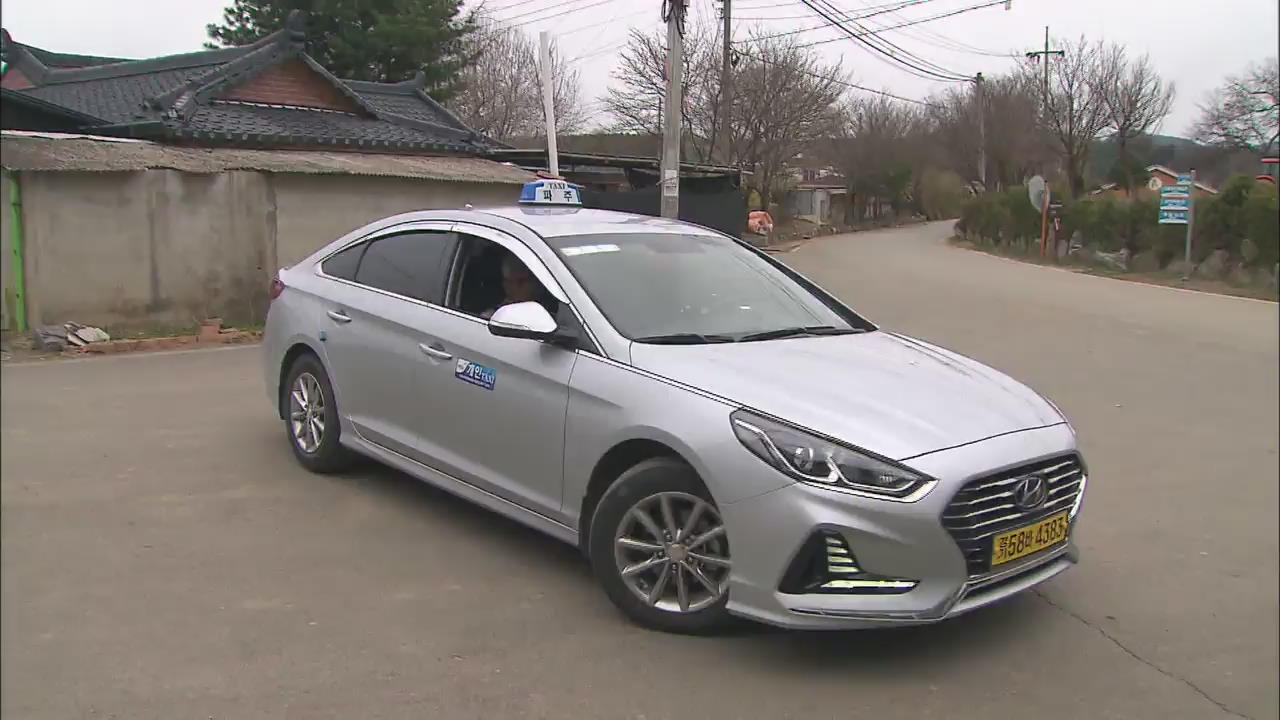
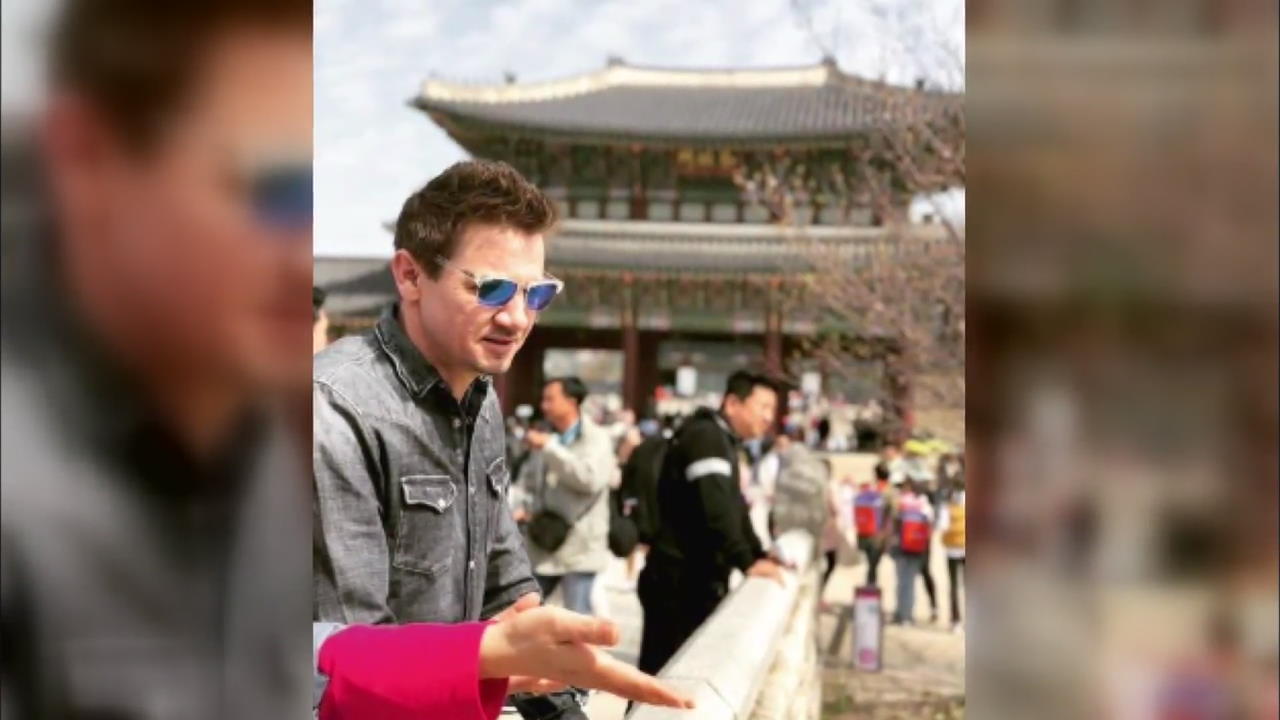
![[단독] “윤석열·김용현 등 공모해 군사상 이익 해쳐”<br>…외환죄 대신 일반이적죄 적용](/data/layer/904/2025/07/20250714_3VTJV3.jpg)
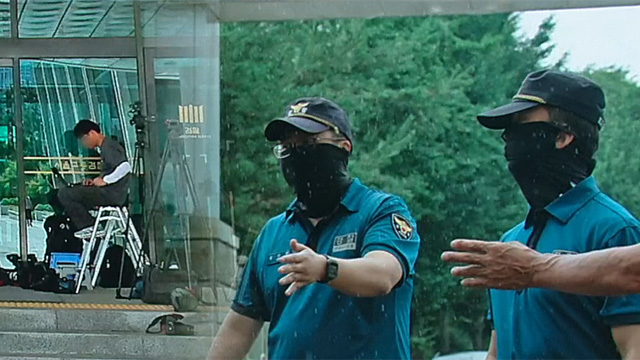
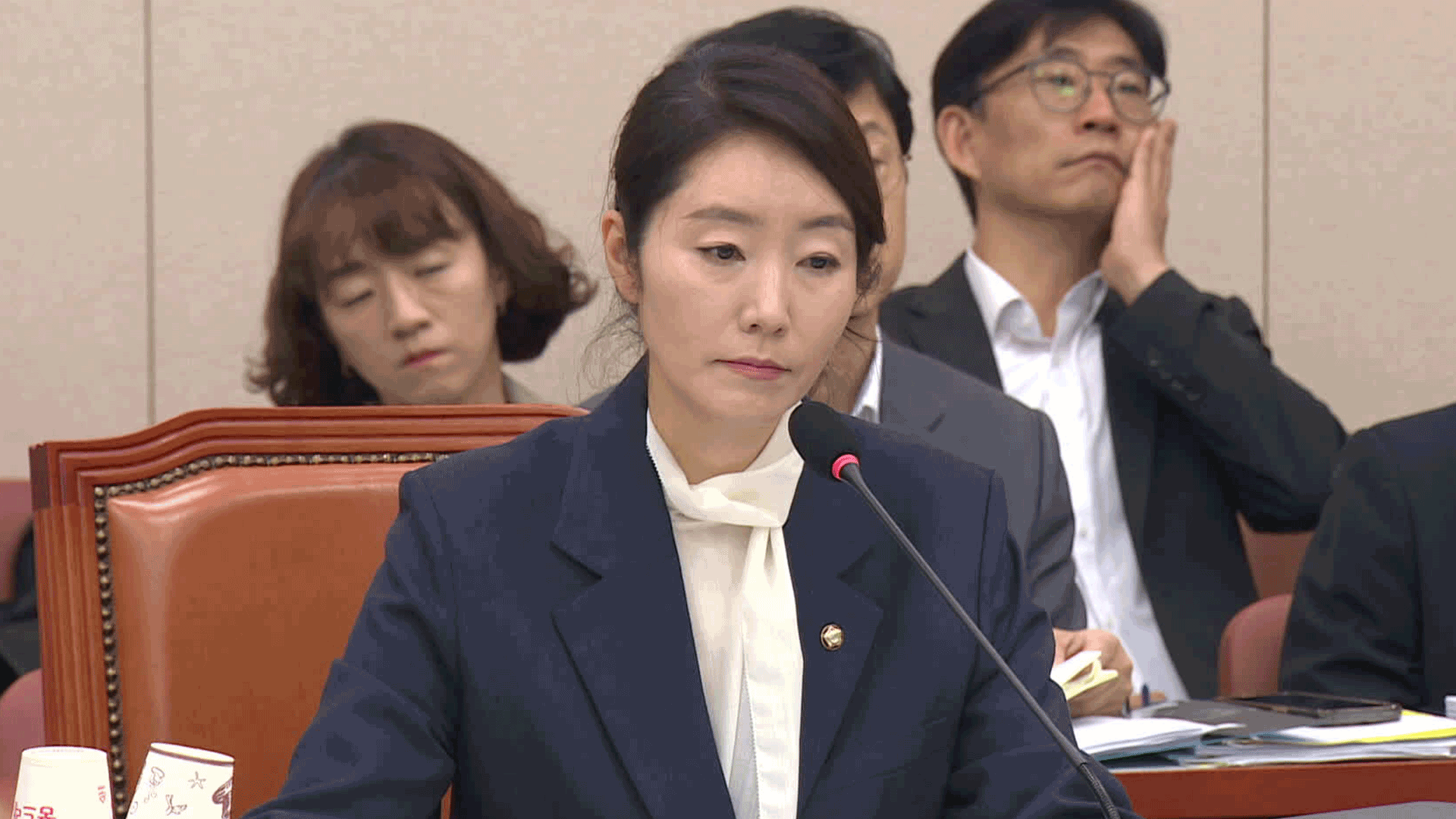


이 기사에 대한 의견을 남겨주세요.